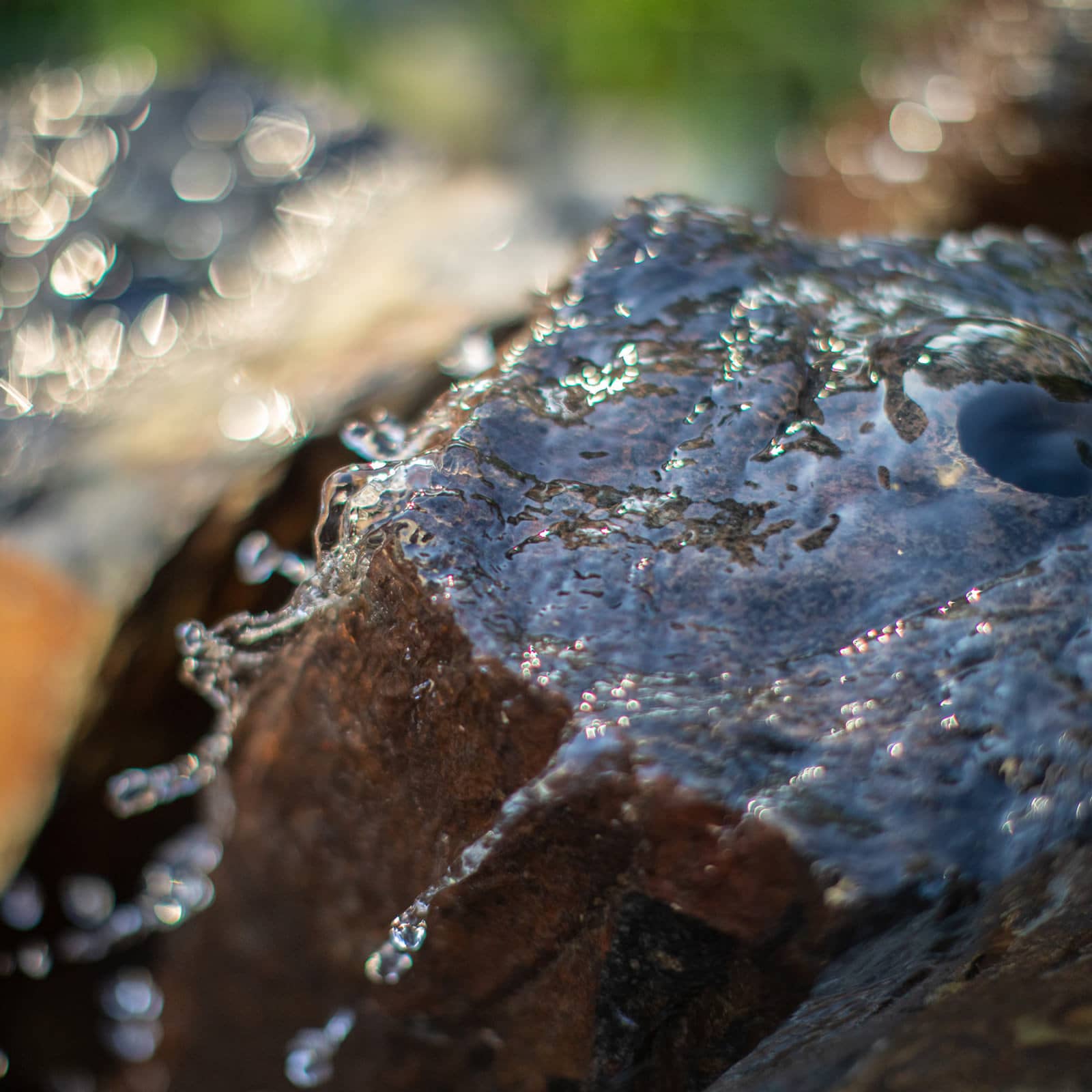Best Ideas on How to Landscape with Rock
Posted August 8, 2019 in Landscape Design
Not only is rock one of our natural resources, but it is also one of our most versatile materials to use in areas of hardscape and integrated within the landscape. So much can be done to add beauty, warmth, and functionality to your property with the use of landscaping rocks, gravel, and stone. Check out these ideas and the different types of rock varieties to see if any would be right for your next outdoor living project!
Why use rock in the landscape?
There are so many varieties of rock and stone, and each has its own set of qualities and characteristics. Rock and stone in the garden and hardscaped areas give a lot of natural texture and colors from tans and browns to greys and blues. Rock can be used to help solve a drainage problem or create an edge in a garden. Gravel can be used as porous surfaces and help drain in the back of a retaining wall or used to lay a path for a driveway. It is a durable surface for travel on foot or by vehicle.
Types of Rock & How to Add Landscape Rock
Decomposed granite
Often referred to as DG, is the decomposed and crumbled granite in various size particles that are crushed or screened. The particles are sand size and come in multiple shades, including gray, black, red, golden, and green.
Uses for this type of granite can be walkways, or adding a rustic patio floor with a stone fire pit in the middle. The fine texture can make a smooth finish, which is a nice transition from a lawn or garden path onto a hardscape. When using stabilizers, it can be tamped down and used between flagstone pavers as a filler. Its permeability makes it better to use for areas that need good drainage and prevents excess runoff from getting into the stormwater system.
You will see this type of walkway a lot in national and state parks because it’s readily available and cost-effective, however, periodic additions to the surface are necessary because of the compaction and breakdown over time.
Crushed Granite Gravel
Often you will see this gravel for driveways or used in the back of a wall for drainage. These landscape rocks are quarter to half dollar size and are used for drainage projects or the foundation for an asphalt or paver stone drive. The flexibility of crushed gravel makes it usable in a lot of scenarios. It makes an excellent ground cover if there won’t be a lot of planting or irrigation. It’s cost-effective to cover a large area for walking or vehicles and gives a natural transition from the house to the garden area. It goes with any style home from contemporary to an English manor. Combine crushed gravel with larger stones to add interest along a garden path. Edge the pathway with evergreens or groundcovers that slightly spill over to soften the edges.
Pea Gravel
Pea size gravel comes in 1/4″ 1/2″ and 5/8″ sizes and is mixed in various combinations of tan, brown, white and gray. Use it as a filler between path stones and pavers as well as patios or pathways. The color mix in pea gravel also makes an excellent topper for a container garden or at the base of an outdoor water fountain. The sound of trickling water hitting the gravel is a nice, subtle and relaxing sound. If you fancy a garden with a touch of whimsy, the crunching sound of walking on gravel can have a charming appeal to travelers from one end of your garden to the next. If you would like to incorporate this material near a garden edge, talk to your landscape designer about your options to keep it in place, as it will find itself migrating over time.
River Rock
So aesthetic and so functional! You will often see river rock used to mimic a dry creek river rock bed as a drainage system. Various sizes of stone from large, medium and small can be strategically placed to mimic a river stream so drainage can be routed off of roofs and downspouts to stop erosion around your property. Landscape designers most often incorporate drought and wet tolerant plants in and along the edge of the stream. Plantings do an amazing job softening the hard look of the rock and help lend a native and natural aesthetic like it has always been there and formed by Mother Earth herself.
To maintain the dry creek river bed and ensure stormwater will be flowing well, try to keep the rock bed blown out and free of debris. Gathered leaves and sticks eventually will dam it up and cause a backup, which is exactly what you would like to avoid! Weeding the area from time to time will also ensure the flow runs freely. It is common practice to lay down a landscape fabric that helps retard the weeds and silt from mixing with the rock but over time, weed seeds blow in from the elements, wild animals and birds. For this reason, some maintenance will be required to keep the creek bed aesthetically pleasing and the stormwater flowing correctly.
Different sizes of river rock can also be used to add a border to a garden, on top of the mulch in a garden bed or used in a gabion retaining wall!
Mexican Beach Pebbles
Mexican beach pebbles are small and rounded that have been sculptured by nature and are an excellent addition to a water feature at the edge of a patio. Use them to edge around boulders for a contrasting color or line a patio or poolside walkway. They can even be used as mulch for a garden container. They come in a variety of greys, tans and rust colors. For a Zen-like feel use in a contemporary setting with Mexican beach pebbles.
Boulders
Large landscape boulder rock accents tend to get some attention if they’re big enough and to scale with the house. Boulders are beautiful architectural elements that can define an area and solidify and accent a space. Appropriate boulder size typically depends on the size and scale of the home being adorned and adding them in the landscape with an artistic flair is essential. Orientation differs; they can set them in single units or collectively depending on the size and room that’s available. Adding soil around them, so it appears they are outcroppings will look more natural while planting trees, shrubs, grasses to compliment the colors and textures will naturalize the whole area as if it were always there.
Customize Your Outdoor Living Space
If you can’t decide if any form of rock plays a part in your dream backyard, you can always ask your landscape designer for their professional opinion! This is actually one of the key benefits of working with a landscape designer that designs in full-color 3D models and imagery. Being able to see your custom outdoor living space before you commit to an installation process guarantees that everyone is on the same page and falls in love with the same ideas!
MasterPLAN Outdoor Living would love to partner with you to reimagine your outdoor living spaces to reach their full potential, perfectly fit for your family, home and lifestyle! When you are ready to discover how amazing your outdoor living space can be, reach out to MasterPLAN. We would love to experience this journey together and welcome you into the family!
Join Our Newsletter
Stay up to date with what is happening with MasterPLAN Outdoor Living.
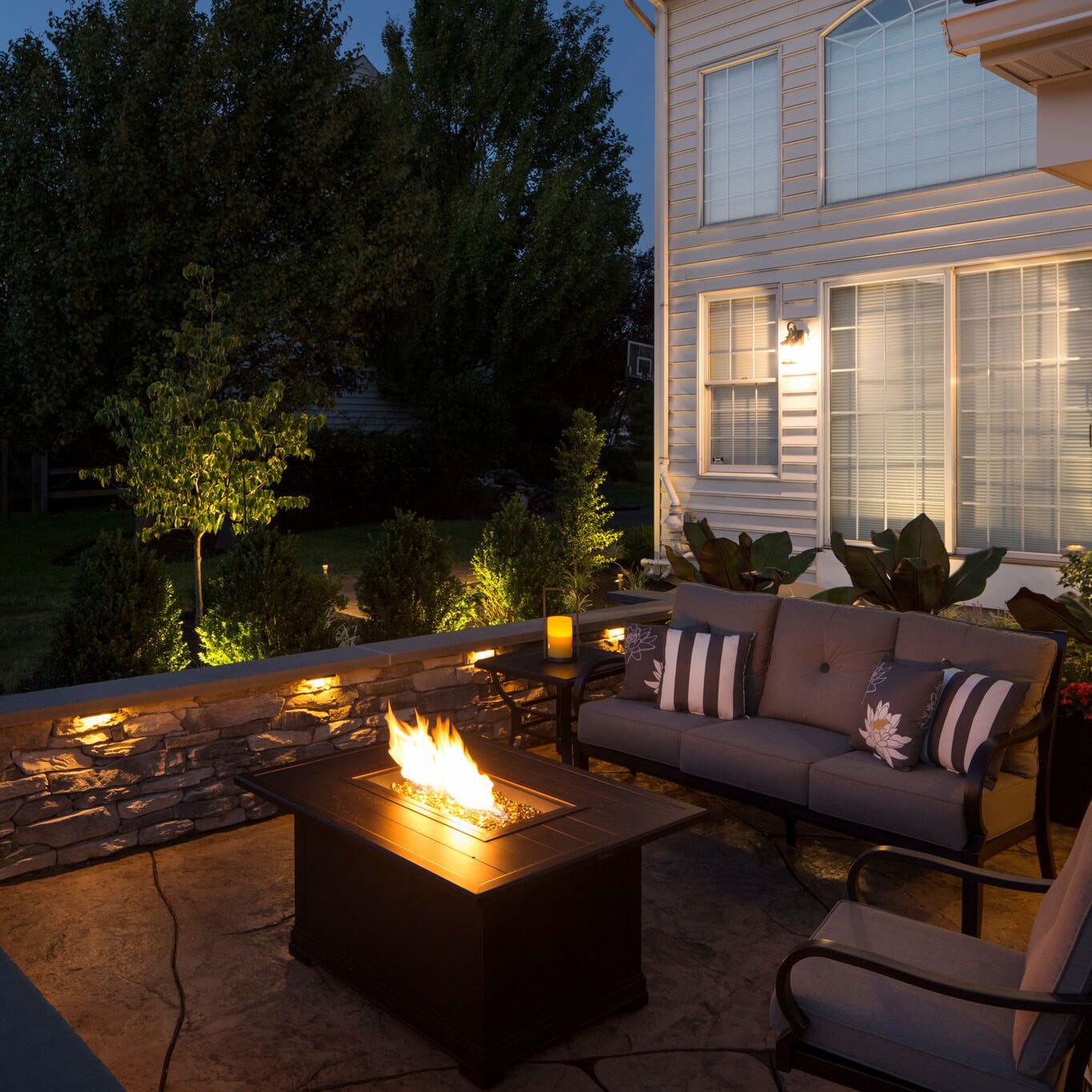
This Bethlehem family thoroughly enjoys their designated cozy patio lounge space. Learn more behind the inspiration for this space…
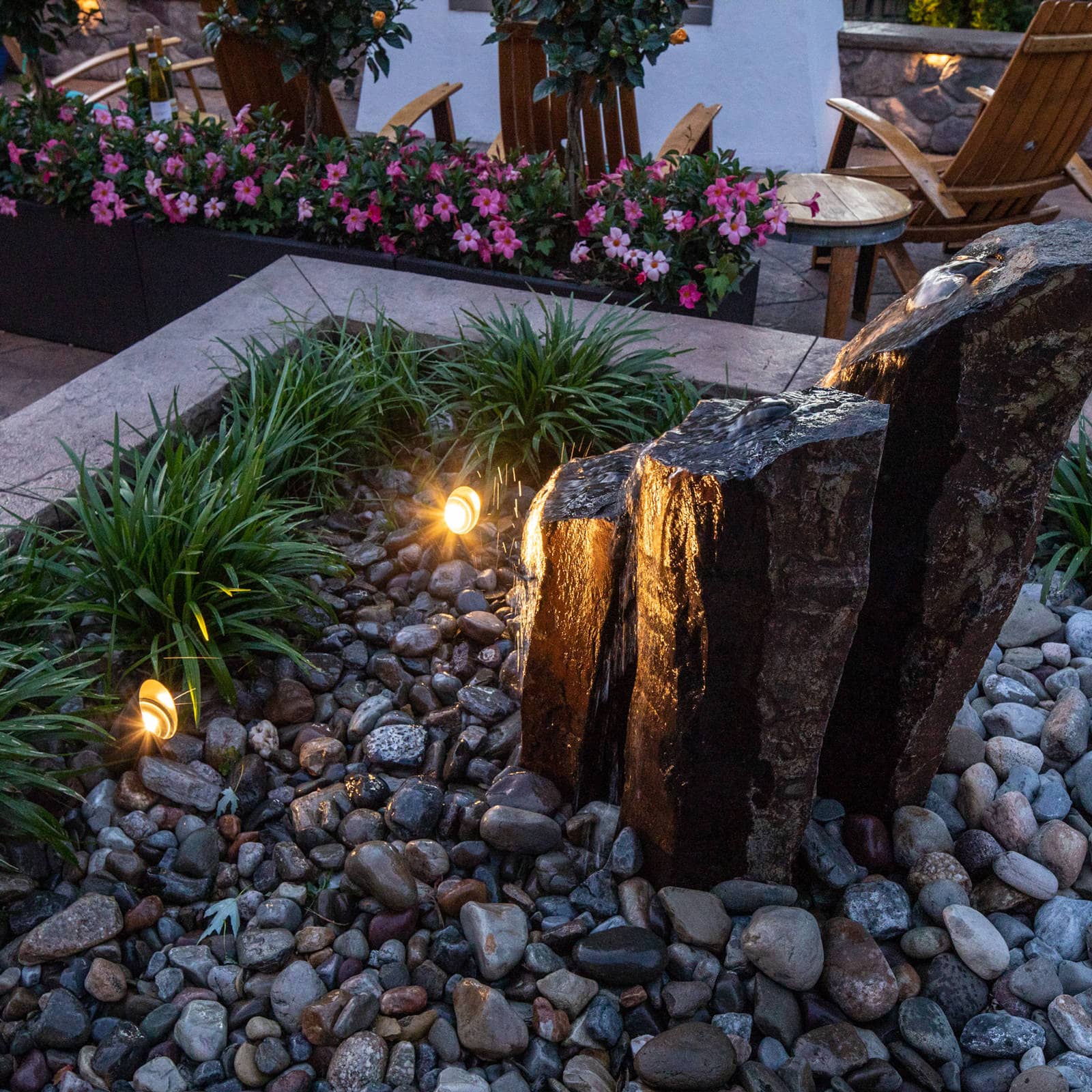
Beautiful within the landscape and soothing to the soul, natural basalt stone spires make the perfect water feature to accent any outdoor living space!
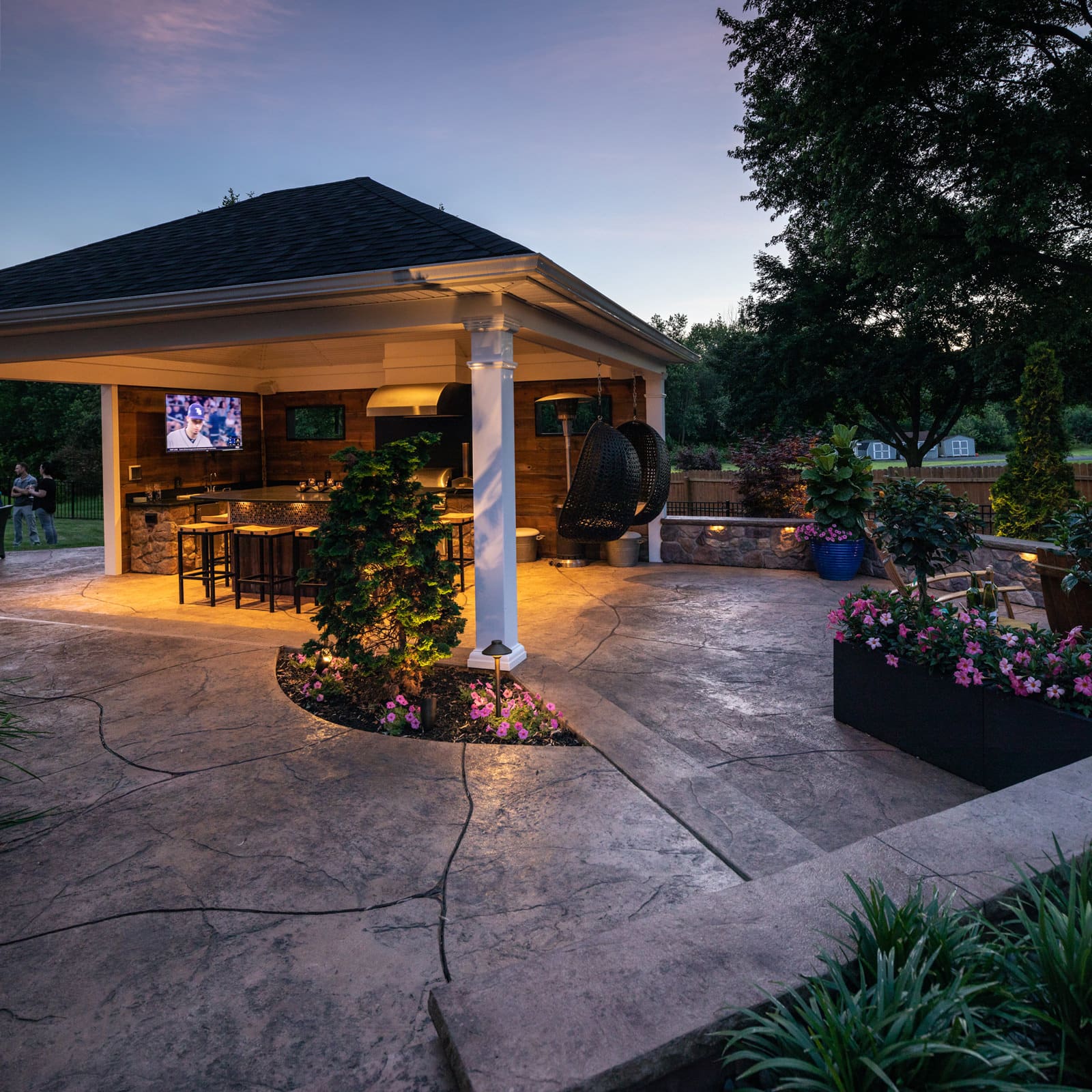
This pavilion protects the outdoor kitchen and allows the party to keep going at night, even in surprise weather!

An additional garage doesn't have to be prefab and boring, let's work together to create the space that you've always dreamed of!
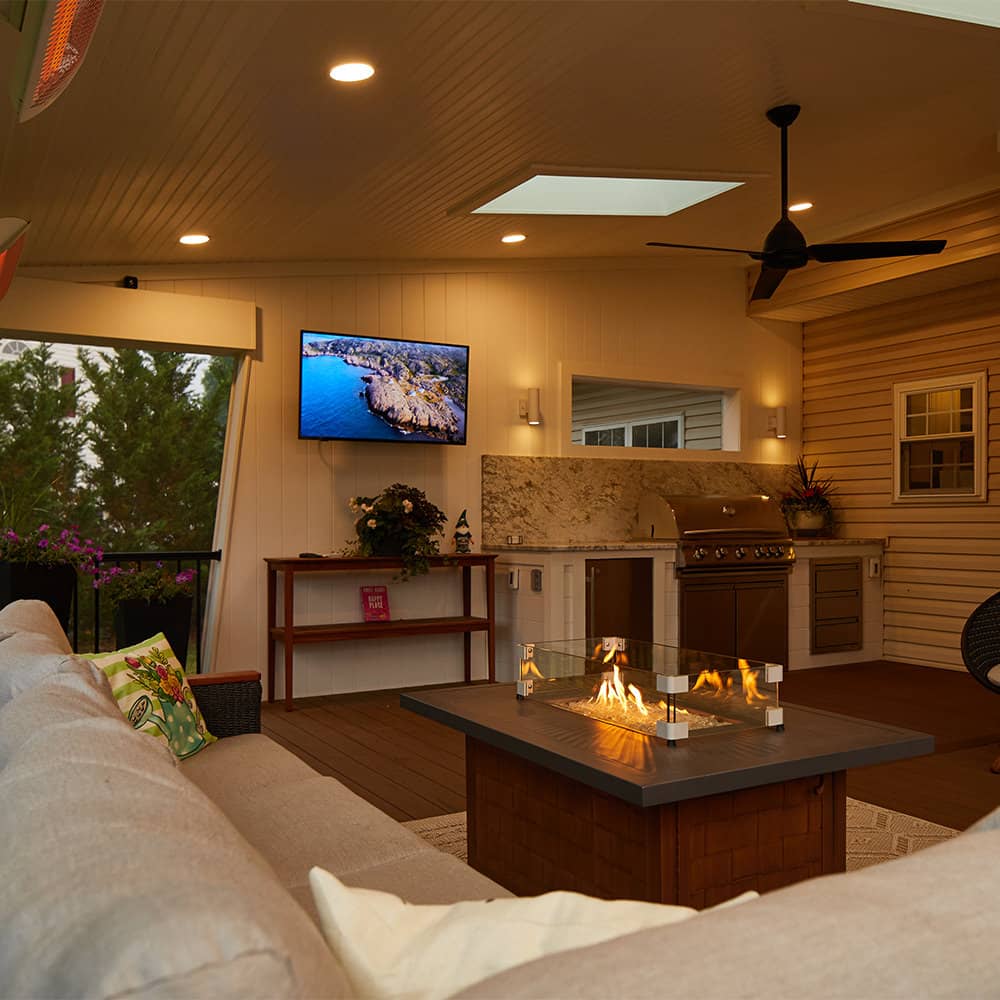
If you don’t see the value in a built-in fire feature, a fire table can accomplish the same ambiance and enjoyment for a fraction of the cost. Invest that money saved into a feature your family will use all the time!
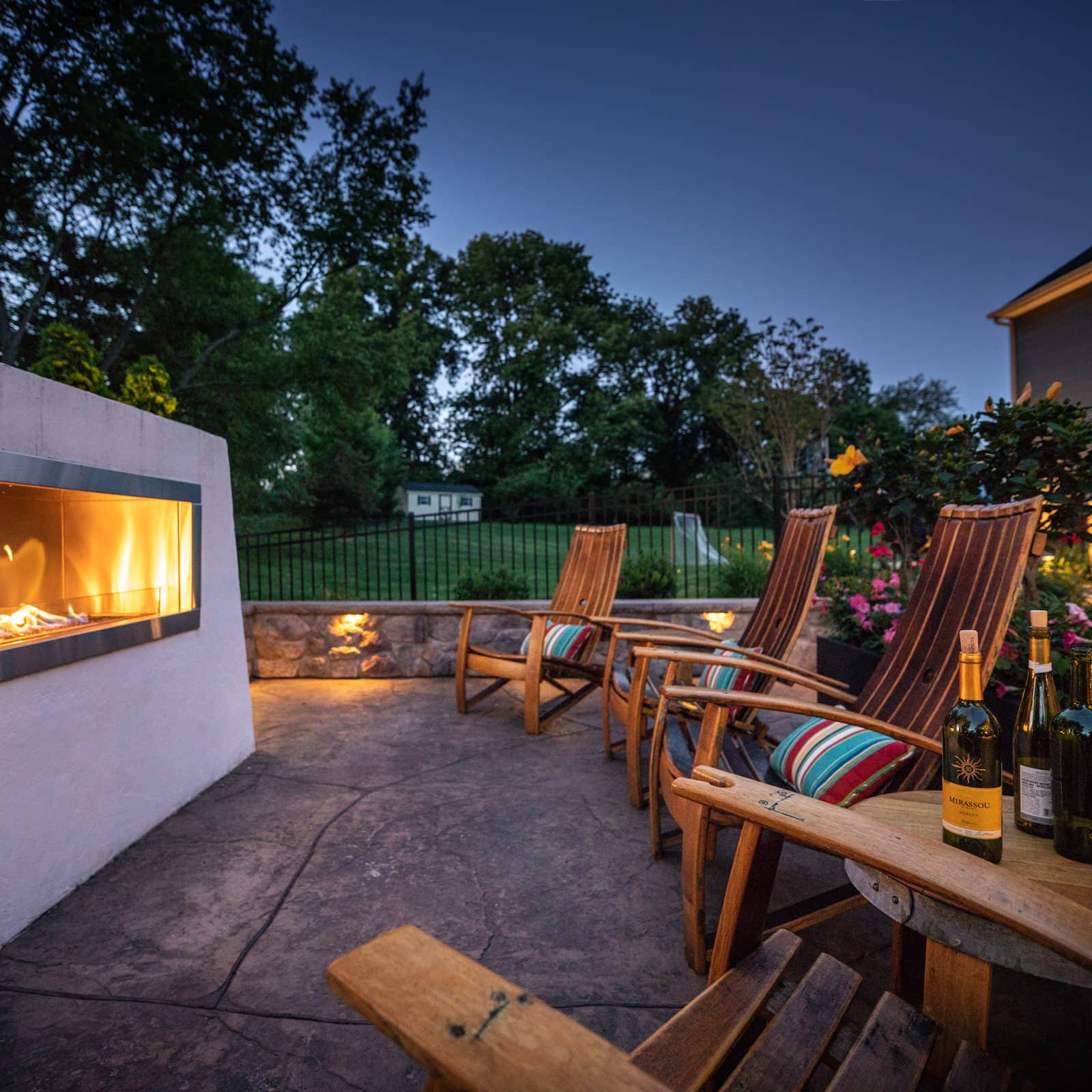
Chilly evenings have never felt so cozy and relaxing! This custom fireplace is a favorite backyard destination for this Royersford family.
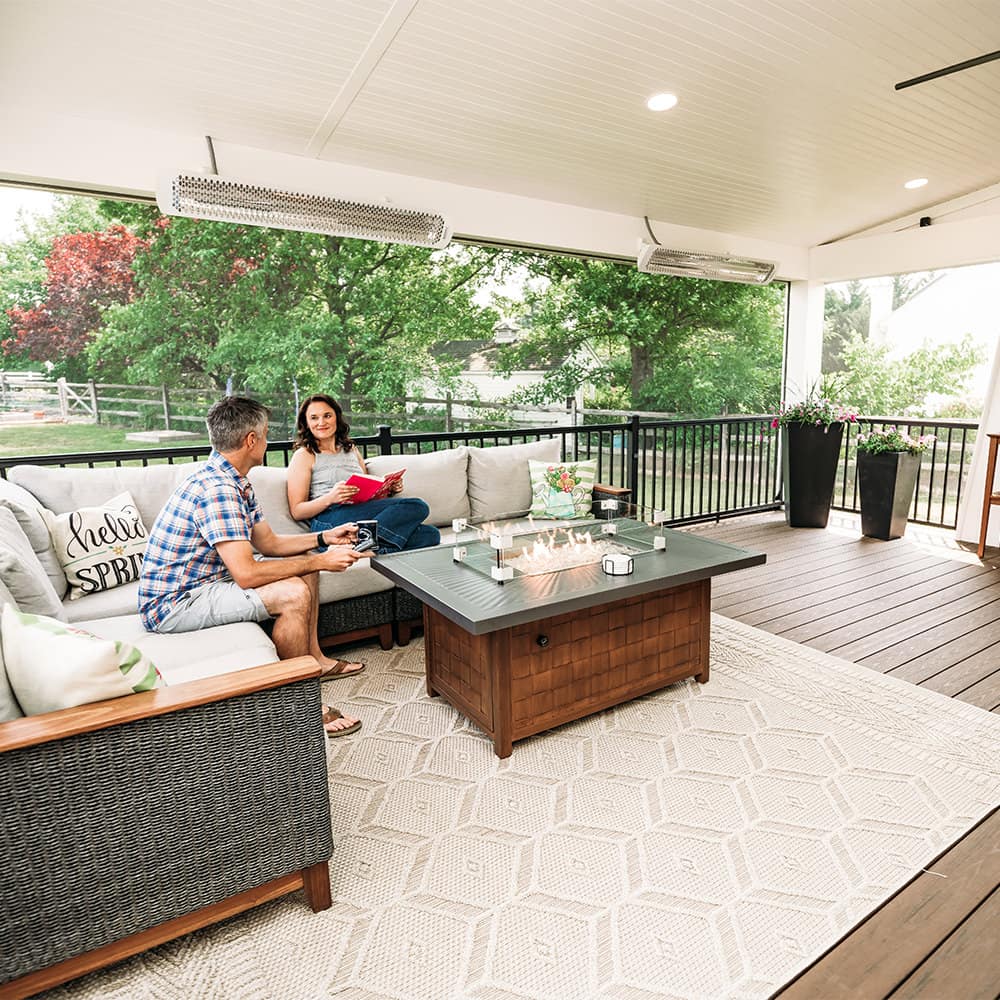
Spend more time enjoying your outdoor living space than maintaining it in Schwenksville, PA. Every MasterPLAN project accounts for low-maintenance materials and high-level detail!

Stone, metal and wood beautifully enhance the look of this Center Valley home. Learn more about this MasterPLAN project…
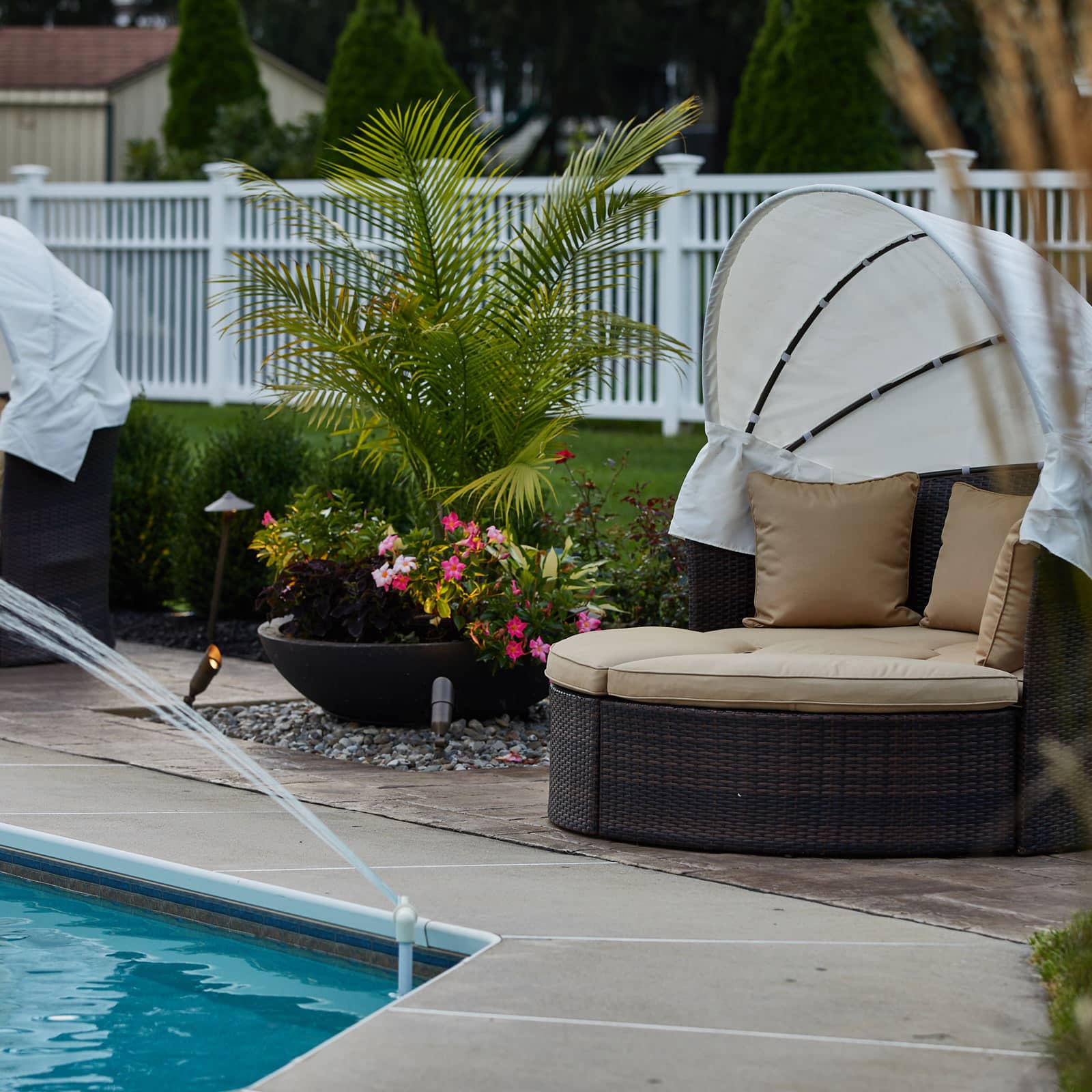
It’s the details that make each MasterPLAN project feel like home.





